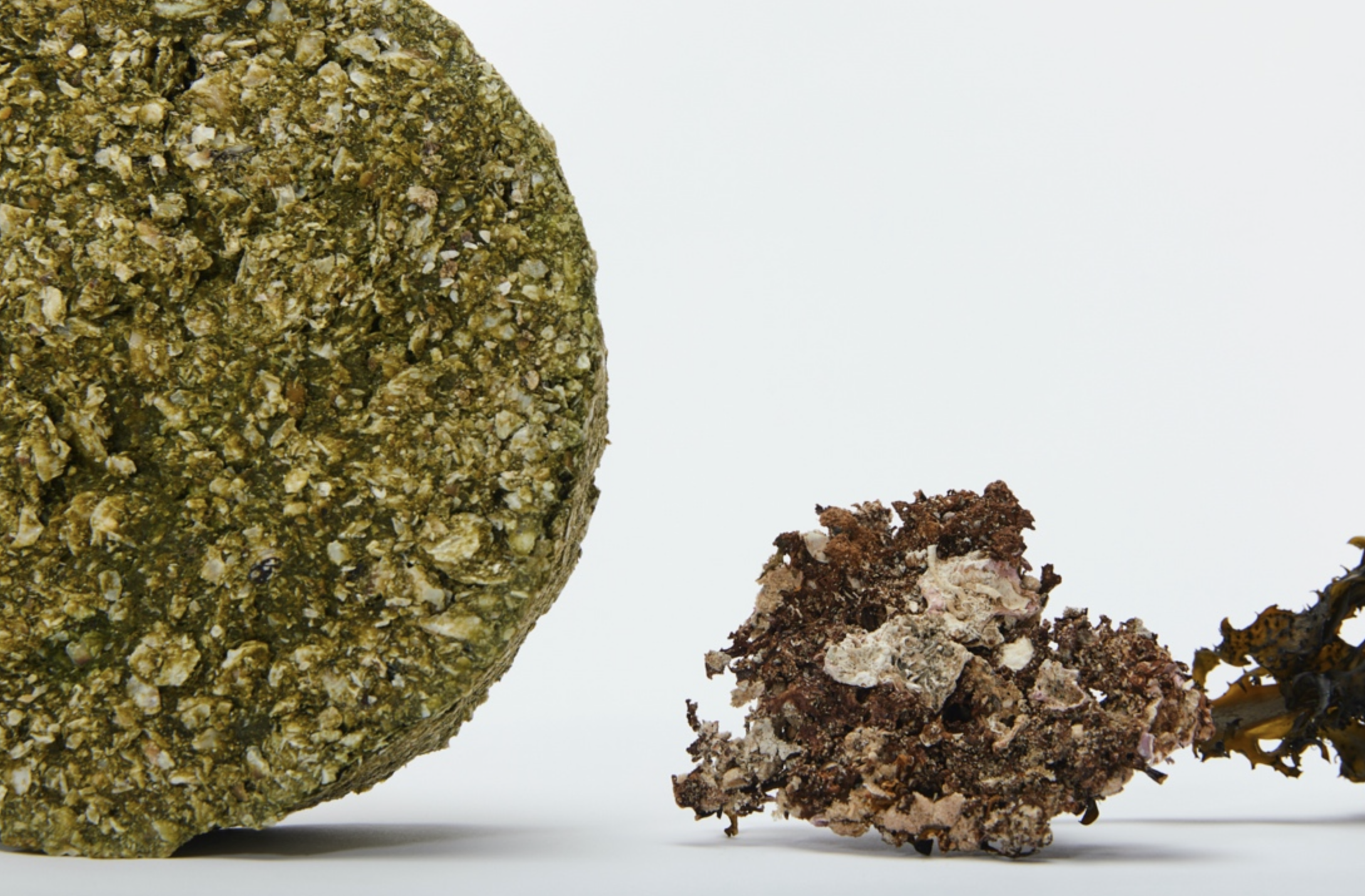OVERVIEW
This report presents the findings from Part 02 of a two-part project led by the University of Technology Sydney (UTS) Faculty of Design, Architecture and Building (DAB), Climate Change Cluster (C3) and the Institute for Sustainable Futures (ISF).
Part 01
Investigate algae-based polymers and their capacity to sequester carbon in designed objects and products.
Part 02
A scoping study for a circular algae-based bioplastics production hub in regional NSW.
Our team brings together a research capability across design, social science and the natural sciences. The multidisciplinary composition of our team has enabled systematic sense-checking across disciplinary divides and early-stage alignment regarding quantitative and qualitative knowledges. This type of disciplinary integration is essential to ensure that any regional transition meets its objectives in terms of sustainable production, economic growth and social inclusion.
SUMMARY OF KEY FINDINGS
The algal-based bioplastics industry remains a smaller niche within the broader niche of the emerging bioeconomy. The future industry will be shaped by an array of factors including global oil prices, technological and scientific developments, and circular economy policies and principles.
De-risking and accelerating innovation in the industry will depend on a strategic configuration of knowledges and investment across these domains: algae wastewater remediation potentials; the formal and material characteristics of algal-based biopolymers; algae production site locations and potential social, economic and environmental benefits, including the existing plastic usages and unmet needs of regional business and communities; stakeholders and the organisational composition of the industry landscape, associated governance models, capacity for innovation and advocacy; circular economy principles, metrics and end of life pathways.
If macroalgae can be shown to be a relatively economical and effective wastewater treatment option that also generates carbon fixing biomass used in high-value, durable and reusable bioplastic products then the long and as yet unfulfilled promises of algae biotechnology in the circular bioeconomy might be fulfilled.
This report describes the context of the algae industry, our approach to research, and detailed descriptions of potential pathways that could be taken for future research.
We welcome discussions with interested parties to identify a test site and initiate future phases of research in regional NSW.



Material testing, algae-based binders and cements. Dr Kate Scardifield and Nahum McLean. Photo: Robin Hearfields
Continue
SCOPING ALGAE FUTURES
Scoping a Circular Algae Bioplastics Industry in Regional NSW
Overview
Aims and Scope
Research Capability and Approach
Characteristics of a Future Industry
Factors for Future Transitions
Outcomes and Next Steps
Visualisation
Acknowledgement and Team
Works Cited
Download PDF
OVERVIEW
This report presents the findings from Part 02 of a two-part project led by the University of Technology Sydney (UTS) Faculty of Design, Architecture and Building (DAB), Climate Change Cluster (C3) and the Institute for Sustainable Futures (ISF).
Part 01
Investigate algae-based polymers and their capacity to sequester carbon in designed objects and products.
Part 02
A scoping study for a circular algae-based bioplastics production hub in regional NSW.
Our team brings together a research capability across design, social science and the natural sciences. The multidisciplinary composition of our team has enabled systematic sense-checking across disciplinary divides and early-stage alignment regarding quantitative and qualitative knowledges. This type of disciplinary integration is essential to ensure that any regional transition meets its objectives in terms of sustainable production, economic growth and social inclusion.
SUMMARY OF KEY FINDINGS
The algal-based bioplastics industry remains a smaller niche within the broader niche of the emerging bioeconomy. The future industry will be shaped by an array of factors including global oil prices, technological and scientific developments, and circular economy policies and principles.
De-risking and accelerating innovation in the industry will depend on a strategic configuration of knowledges and investment across these domains: algae wastewater remediation potentials; the formal and material characteristics of algal-based biopolymers; algae production site locations and potential social, economic and environmental benefits, including the existing plastic usages and unmet needs of regional business and communities; stakeholders and the organisational composition of the industry landscape, associated governance models, capacity for innovation and advocacy; circular economy principles, metrics and end of life pathways.
If macroalgae can be shown to be a relatively economical and effective wastewater treatment option that also generates carbon fixing biomass used in high-value, durable and reusable bioplastic products then the long and as yet unfulfilled promises of algae biotechnology in the circular bioeconomy might be fulfilled.
This report describes the context of the algae industry, our approach to research, and detailed descriptions of potential pathways that could be taken for future research.
We welcome discussions with interested parties to identify a test site and initiate future phases of research in regional NSW.



Material testing, algae-based binders and cements. Dr Kate Scardifield and Nahum McLean. Photo: Robin Hearfields
Continue
SCOPING ALGAE FUTURES
Scoping a Circular Algae Bioplastics Industry in Regional NSW
Overview
Aims and Scope
Research Capability and Approach
Characteristics of a Future Industry
Factors for Future Transitions
Outcomes and Next Steps
Acknowledgement and Team
Works Cited
Download PDF
University of Technology Sydney